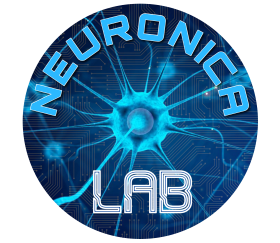Technological development in the biomedical environment has achieved a significant increase capable of overcoming the numerous difficulties that may arise in the diagnostic, surgical and preventive fields. New applications supplant obsolete techniques or make feasible what seemed impossible a few years ago. This thesis work aims to facilitate the measurement and acquisition of vital parameters through an easily accessible and functionally simple device, which can also be used by people without specific medical skills. This device, called PulseEcg, has the appearance of a smartwatch and is able to perform the acquisition of the electrocardiographic (ECG) and plethysmographic (PPG) tracing, thus allowing to monitor cardiac activity, the level of oxygen saturation in the blood and heart rate. Furthermore, through artificial intelligence algorithms, it allows to derive the systolic and diastolic pressure values. It is therefore the first wearable device able to trace the pressure value with a cuff-less approach, i.e. without using the sphygmomanometer. The PulseEcg, through a Bluetooth 4.0 connection, is able to transmit the measurements made to an Android application; it allows the visualization of these through appropriate graphs and data structures; allows the storage of the same within your smartphone and their sharing, both as a text file and as a pdf, using the communication applications installed. The application also provides for the reporting of any anomalies present in the measurements, thus becoming a means of prevention for the subject and an aid for the experts who may request, where necessary, further investigations. The project stems from an old implementation of the device capable of obtaining only the user’s ECG. The initial phase therefore involved an update of the Android application, integrating new functions and improving the graphical interface, usability and stability of the same. Subsequently, a second interface was developed to take advantage of the new PulseEcg features. This defines, in addition to the ECG signal, new functions for processing and displaying the PPG signal. Finally, to implement the pressure calculation algorithm, a neural network was trained and tested using the keras and tensorflow libraries. This algorithm was, at a later time, integrated into the application, so that it could report values with high precision without compromising the speed and fluidity of the smartphone.
AUTHOR: Simone Valvo
ADVISORS: Eros Gian Alessandro Pasero, Vincenzo Randazzo
DEGREE COURSE: Master’s Degree in Computer Engineering
ACADEMIC YEAR: 2020/2021
